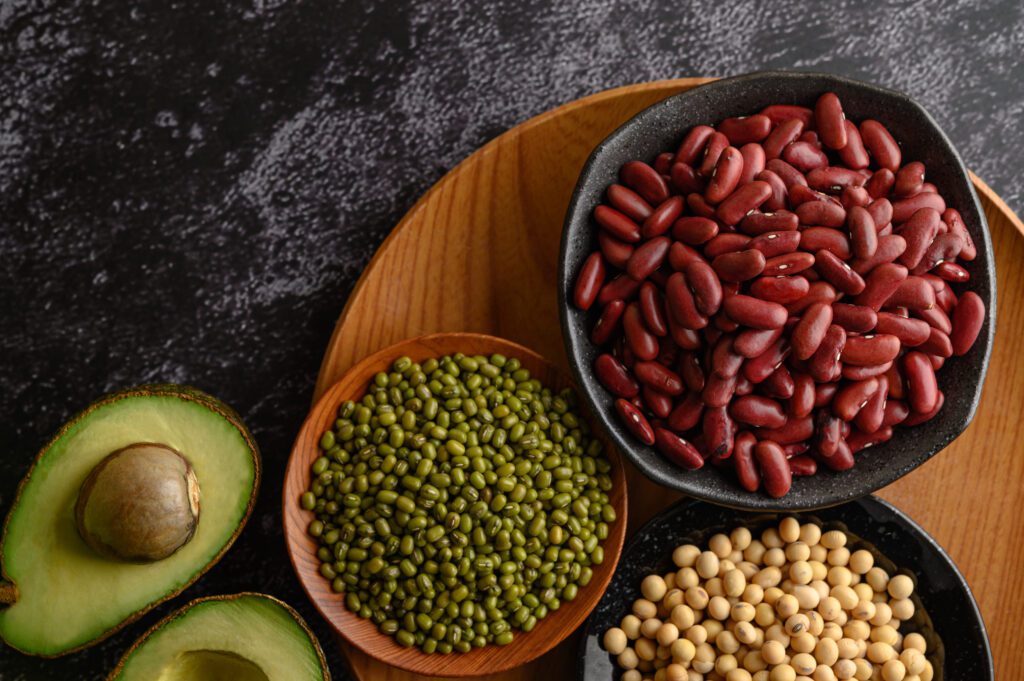“Top 6 Tips for Maintaining a Lifestyle with Healthy Eating Habits”

Introduction
Maintaining a lifestyle with healthy eating habits is essential for overall well-being and long-term health. It involves more than just choosing the right foods; it’s about creating a balanced, varied, and enjoyable diet that supports your physical and mental health. This approach not only helps in preventing chronic diseases such as heart disease, diabetes, and certain cancers but also promotes sustained energy levels, mental clarity, and emotional stability. Adopting healthy eating habits can transform your life, making you feel more vibrant and excited about meals while fostering a positive relationship with food.
Prioritize Whole Foods Over Processed Options
Choosing whole, unprocessed foods is one of the simplest ways to eat healthily. Fresh fruits, vegetables, whole grains, lean proteins, and healthy fats form the foundation of a balanced diet.
Processed foods often contain excessive sugar, unhealthy fats, and artificial ingredients. To transition smoothly:
- Replace sugary snacks with fruits or nuts.
- Opt for whole-grain bread instead of white bread.
- Use herbs and spices instead of pre-packaged sauces.
Over time, your taste buds will adapt, making you crave natural flavors over artificial ones.
Key Elements of Healthy Eating Habits
- Variety and Balance: A nutritious diet includes a wide range of foods from all food groups: fruits, vegetables, whole grains, lean proteins, and healthy fats. This diversity ensures you get all the necessary nutrients your body needs.
- Moderation and Portion Control: Rather than labeling foods as “good” or “bad,” focus on enjoying all foods in moderation. This balanced approach helps prevent unhealthy eating patterns and promotes a healthier relationship with food .
- Mindful Eating: Paying attention to hunger and fullness cues, eating slowly, and savoring your meals can help prevent overeating and make eating a more pleasurable experience .
- Preparation and Planning: Preparing meals in advance, keeping healthy snacks available, and planning your meals can make it easier to maintain healthy eating habits, especially during busy periods .
- Hydration: Staying well-hydrated by drinking plenty of water throughout the day is crucial for maintaining energy levels and preventing unnecessary snacking due to mistaking thirst for hunger .
- Limiting Unhealthy Components: Reducing intake of added sugars, saturated fats, and sodium while focusing on whole grains, fruits, vegetables, and lean proteins is key to a healthy diet .
Plan Your Meals in Advance
Meal planning is a game-changer for anyone aiming to maintain healthy eating habits. A clear plan ensures you’re prepared with nutritious options, reducing the temptation of grabbing fast food.
Start with:
- Creating a weekly menu.
- Shopping for ingredients based on your meal plan.
- Prepping meals or ingredients ahead of time.
This approach saves time, money, and mental effort while keeping you on track toward your health goals.
Practice Portion Control
Even healthy foods can lead to weight gain when consumed in large quantities. Learning portion sizes can help you enjoy your favorite meals without overindulging.
Tips for portion control:
- Use smaller plates to trick your brain into feeling satisfied.
- Serve meals in appropriate portions and avoid eating directly from the container.
- Pay attention to hunger cues and stop eating when you’re full.
Mindful eating is key to maintaining balance without depriving yourself.
Stay Hydrated Throughout the Day
Hydration plays a vital role in maintaining your health and curbing unnecessary cravings. Often, feelings of hunger are mistaken for thirst.
How to stay hydrated:
- Drink a glass of water before each meal.
- Carry a reusable water bottle to track your intake.
- Infuse water with fruits like lemon or berries for a flavorful twist.
Aim for at least 8-10 cups of water daily, adjusting for activity levels and climate.
Incorporate Balanced Nutrients in Every Meal
A well-balanced meal includes a mix of macronutrients: carbohydrates, proteins, and fats, alongside essential vitamins and minerals.
Quick formula for a balanced plate:
- Half the plate: Non-starchy vegetables (e.g., spinach, broccoli, carrots).
- One-quarter: Lean protein (e.g., chicken, tofu, fish).
- One-quarter: Whole grains or healthy starches (e.g., quinoa, brown rice).
By diversifying your plate, you ensure your body gets the nutrients it needs for energy, recovery, and immunity.
Allow Yourself Occasional Treats
Healthy eating isn’t about perfection—it’s about balance. Restricting yourself too much can lead to frustration and binge eating. Instead, practice the 80/20 rule:
- Eat nutritious, wholesome foods 80% of the time.
- Allow indulgences in moderation 20% of the time.
This flexibility keeps you motivated and makes healthy eating sustainable in the long term.
Here are some related articles.….
Four Basic Lifestyle Pillars of Health: Essential Tips for Optimal Well-Being.
10 crucial recommendations for a vibrant and well- balanced lifestyle .
Conclusion
Embracing a lifestyle with healthy eating habits is a journey toward better health and well-being. By focusing on a balanced and varied diet, practicing moderation, eating mindfully, planning meals, staying hydrated, and limiting unhealthy components, you can create a sustainable and enjoyable approach to eating. This not only supports your physical health by reducing the risk of chronic diseases but also enhances your mental and emotional well-being. Start making small, manageable changes today, and gradually, these healthy eating habits will become a natural part of your lifestyle, leading to a happier and healthier you.
FAQ



Wow Binni
Very nice and Informative…